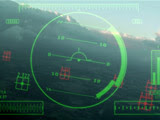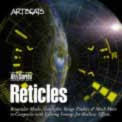The trend toward flat design hit big in 2013 with Windows 8 ("Metro"), iOS7, and website and logo redesigns by Google and others. As part of a general move away from skeuomorphism, Adobe application design elements “flattened out” after CS5. Flat and thin may be in, partly due to hi-res screens, but a missing dimension of "long shadows" added to flat elements became popular too.
~~~~~~~~
Read the rest at Pro Video Coalition in Long shadows: adding body to flat design in After Effects.













